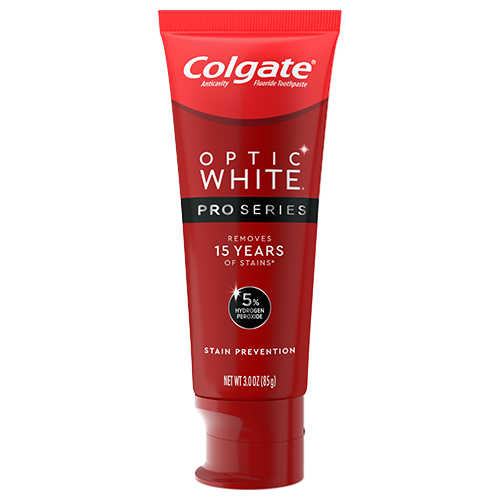1. Serve Meals, Not Snacks
According to the American Dental Association (ADA), tooth decay is the top chronic childhood disease. Eating meals rather than snacking throughout the day helps to produce more saliva, which is important for your oral health. Saliva not only washes away food debris, but it also produces calcium and phosphate that strengthen your enamel and fight decay-causing bacteria, explains the National Institute of Dental and Craniofacial Research (NIDCR).
2. Choose Mouth-Healthy Foods
Read up on the top foods for oral health to help make your family dinner as tooth-friendly as can be. As the University of Illinois at Chicago School of Dentistry (UIC) notes, these are some of the best foods that help keep your mouth in great shape:
- Crunchy veggies and fruits that have a lot of water, such as celery, apples and carrots, help to combat tooth decay. Carrots in particular are great for removing food particles around the teeth.
- Brazil nuts, cashews and almonds all help fight the bacteria that lead to tooth decay.
- Milk, yogurt or cheese all help to strengthen enamel thanks to their high calcium content. So, in moderation, macaroni and cheese may not be such a bad dinner idea after all!
- Whole grains, such as whole grain pasta or bread, give bacteria less to feed on.
- Berries, such as strawberries, are high in vitamin C, which is good for strengthening body tissue, such as the tooth dentin beneath your enamel.
3. Avoid Sugary Drinks
The ADA recommends opting for water instead of sugary beverages, such as sports drinks or sugary juices. The fluoride in tap water guards against cavities, and it's one of the most effective ways to stimulate saliva production. If your kids find water ho-hum boring, get them involved in helping create tasty water infusions with cucumber, mint or watermelon.
4. Use Fun Facts to Educate the Kids
Explain to the kids that a full set of permanent teeth includes 32 teeth, but that on average, adults between 20 and 64 years old have only 24.92 remaining permanent teeth, as the NIDCR notes. Discuss the consequences of losing teeth to tooth decay and reinforce how everyone relies on their teeth to help them chew. The lesson won't be easily lost while chewing a helping of food!
5. Try a Family Reward Chart
Just after dinner ends is the perfect time to direct the kids to the sink to brush their teeth. Your littlest ones may not like brushing their teeth, but if your older kids are on board with a reward, why not try to reward the whole family for practicing good oral health habits? Create a reward chart to mark off when they brush when you ask, when they brush thoroughly and when they floss. When the chart's full, treat everyone to a fun outing, toy or adventure. And while sweets are OK on occasion, you might even consider trying a monthly challenge that involves avoiding processed sugar together as a family.
When it comes to family dinners and oral health, be patient and consistent in modeling good food choices and dental health practices. Over time, your kids will learn and feel confident about making good food choices and sticking to a daily oral care routine to maintain a healthy mouth and body.
Oral Care Center articles are reviewed by an oral health medical professional. This information is for educational purposes only. This content is not intended to be a substitute for professional medical advice, diagnosis or treatment. Always seek the advice of your dentist, physician or other qualified healthcare provider.
ORAL HEALTH QUIZ
What's behind your smile?
Take our Oral Health assessment to get the most from your oral care routine
ORAL HEALTH QUIZ
What's behind your smile?
Take our Oral Health assessment to get the most from your oral care routine
Join Us
Get the best of your oral health routine and take it to the next level with expert advice, recommendations, products and solutions and special offers.
Join Us
Get the best of your oral health routine and take it to the next level with expert advice, recommendations, products and solutions and special offers.













